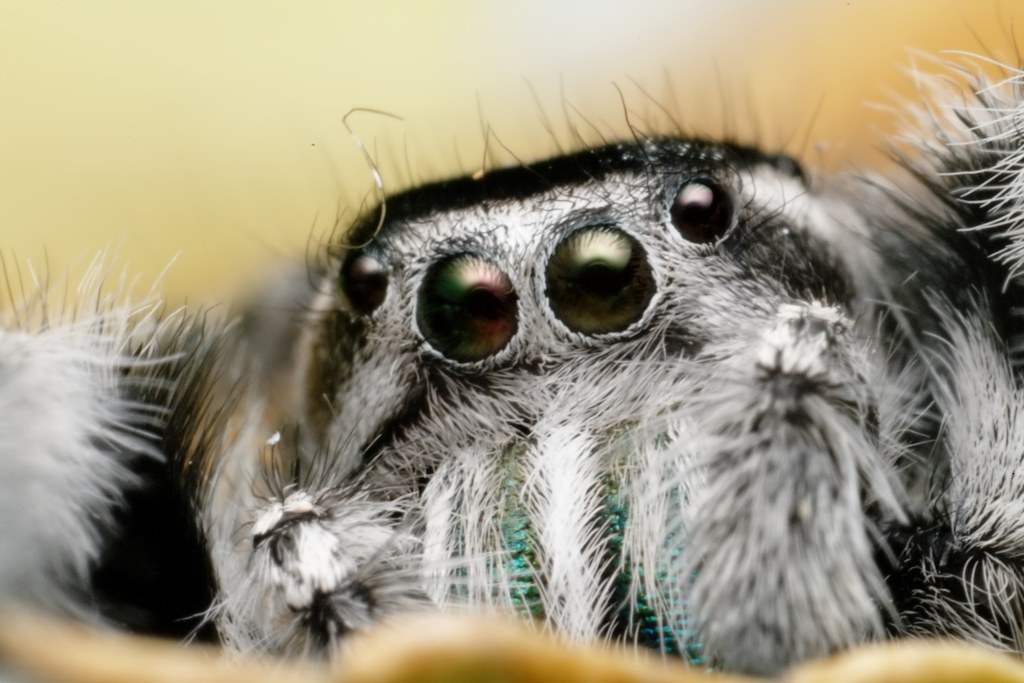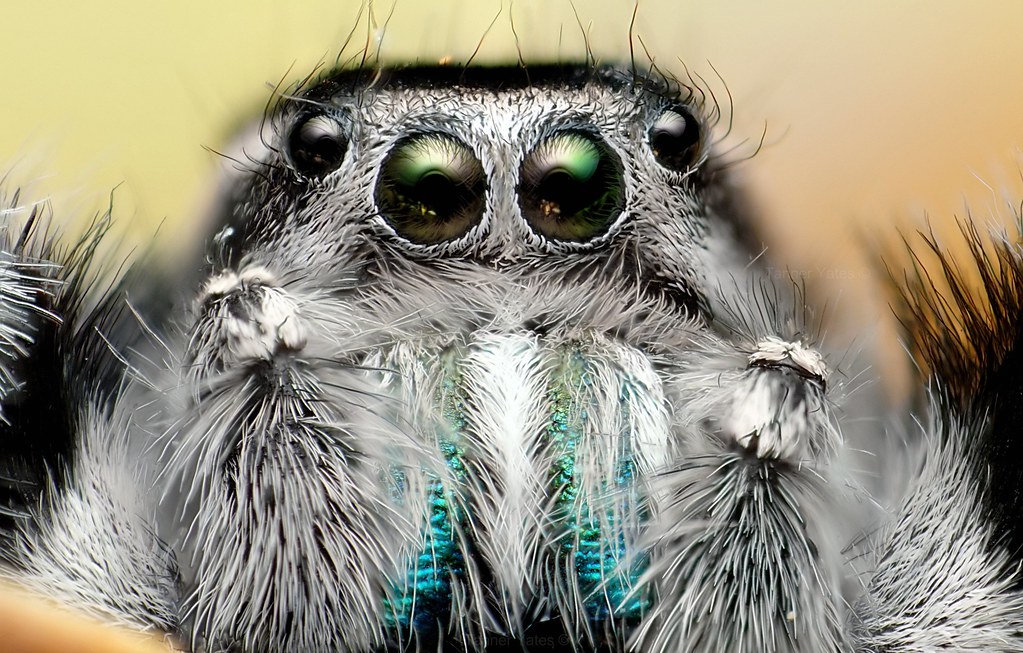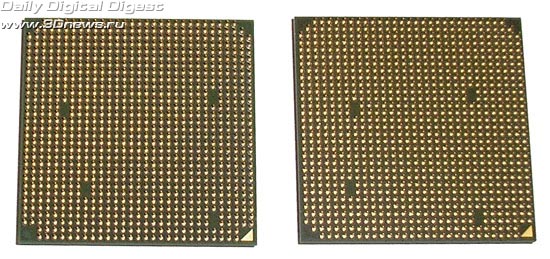 Originally posted by Lowell Goudge
Originally posted by Lowell Goudge 
I guess where I am struggling is, I suspect that difraction may be much more of an issue as a function of focal length. Clearly a 200mm macro at F32 will have an 6.25 mm diameter aperture, but a 35mm at F32 will have a 1.1mm aperture. I would expect difraction will impact the 35mm lens sooner than the 200mm lens.
What I have not figured out is whether the depth of field as a function of magnification will be so different as to make a reasonable trade off with the shorter macro lens.
this is why I noted that difraction may be more of an issue as a function of lens, really I perhaps should have said focal lentgh.
.....
Those are exactly the reasons why I'd like to do some un-ambiguous tests.
The theory is simple and well-founded. It is just Airy's Diffraction theory which is a completely accepted approximation. For a circular aperture it is:
Diffracton_spot_diameter=2.44*Distance_to_aperture*wavelength/Aperture_diameter
for macros,
Distance_to_aperture=Focal_length*(1+m)
So
Diffracton_spot_diameter=2.44*Focal_length*(1+m)*wavelength/Aperture_diameter
Using greenish light (0.55E-3mm), a Pentax sized sensor, a diffraction spot size equal to one thousandth of the display width adjusted to the Pentax sensor size, and the definition of F-Stop, the result is:
F-Stop*(m+1) less than ~ 18 to have a spot size for display less than one-thousandth of the display width.
Dave
PS there'll be disagreement about what limiting spot size to choose on the display, so I chose a simple, practical one. The effect of focal length is completely incorporated in the F-Stop term.
Last edited by newarts; 10-27-2010 at 01:17 PM.


 Similar Threads
Similar Threads 




 Had to do a google to try and follow this and found photo.net had a topic like this from 2005, Diffraction and DOF in macro?
Had to do a google to try and follow this and found photo.net had a topic like this from 2005, Diffraction and DOF in macro?





















